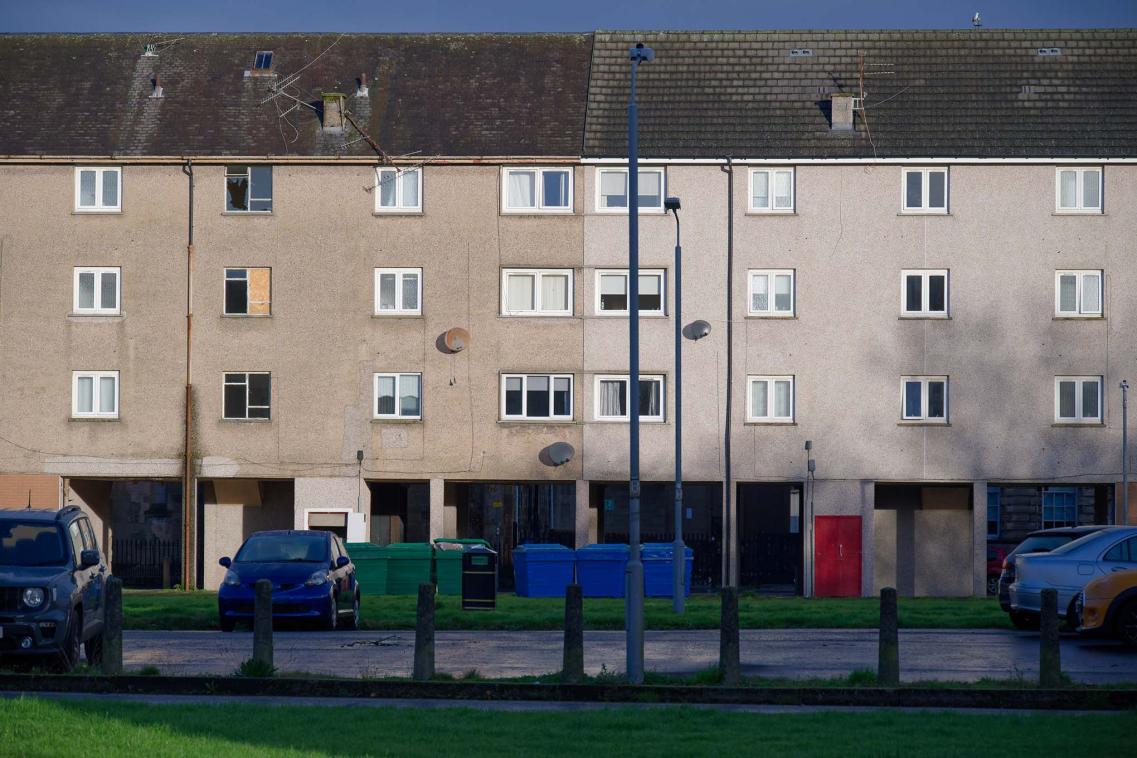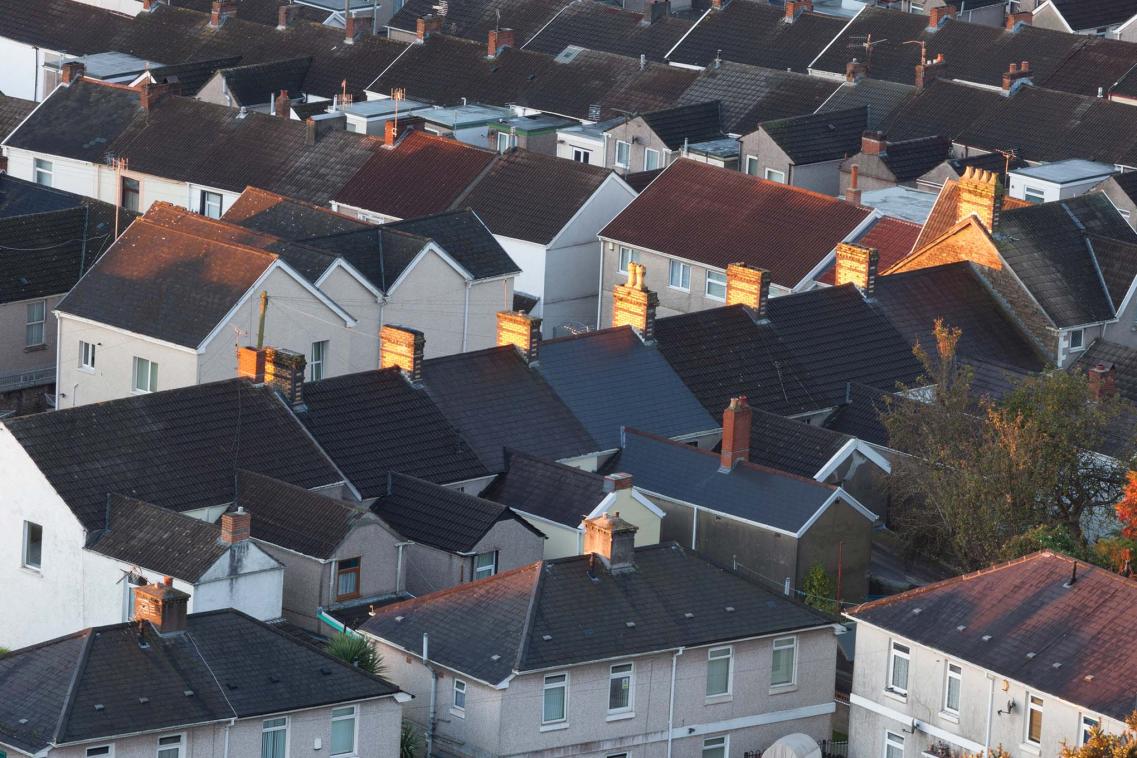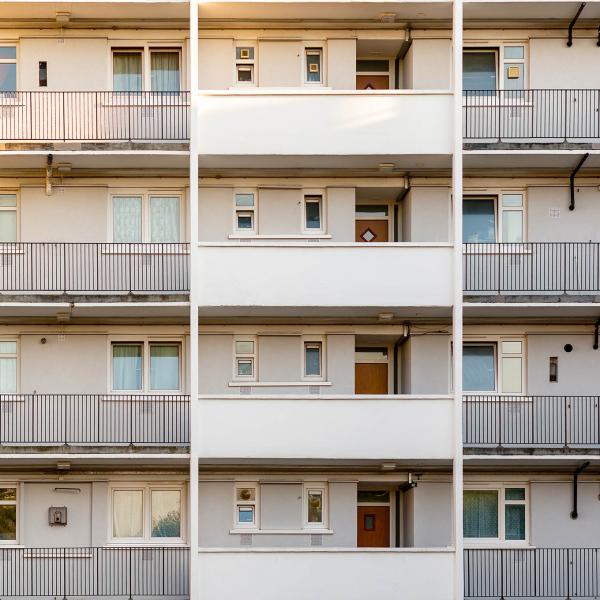This glossary summarises some of the key concepts that are important to understanding the household income charts on this page.
Larger households require more income to attain the same material living standards as smaller households. Therefore we equivalise incomes, meaning we adjust them to reflect different household sizes. If two households of different sizes had the same unequivalised income, the larger one would have lower equivalised income since that income must be shared amongst more people. We don’t just divide by the number of people, as there are economies of scale from living with others. Different scales are used depending on whether we look at incomes before or after deducting housing costs.
Throughout we equivalise so that incomes reflect the amount for a childless couple. This means that a family of any size with £30,000 equivalised income should have the same material standard of living as a childless couple on £30,000.
The Gini coefficient is a summary measure of inequality, which is affected by incomes across the income distribution.
Calculating and interpreting the Gini is complicated. To calculate it, you must calculate the difference in equivalised household incomes between every possible pair of individuals, take the mean of these and divide it by the overall mean income.
But the important thing to remember is that, broadly speaking, the higher the Gini score, the more income inequality there is. A perfect equality score would be a Gini of 0 (everyone has the same household income) and a perfect inequality score would be a Gini of 1 (one person has all the household income and everyone else has zero).
Household income is the sum of a household’s incomes from various sources such as earnings, pensions, benefits and savings, less the taxes it pays. For each individual we report their equivalised household income, implicitly assuming that income is shared equally between household members when using it to measure standards of living. All members of the household, including adults and children, will be allocated the same equivalised household income. By ‘household’ we mean everyone living in a property, whether or not they are the same family.
When we analyse housing costs, we include (where applicable) rent, payments of mortgage interest, service charges, ground rent and service charges, buildings insurance and water rates.
Repayments of the principal on a mortgage are not included. There are arguments for and against this approach, which is standard when calculating poverty statistics, but the main reason for omitting these payments is that they are akin to saving, and the wealth built up could be used for consumption in the future (e.g. if a household downsizes or uses an equity-release product).
The median is a type of average. The median income is the income of the person in the middle of the income distribution – half are richer than them and half are poorer. Unlike the mean income, which can be driven by very high incomes, the median income can be thought of as a ‘typical’ income.
Income percentiles, such as the 10th or 60th percentile, tell us about incomes at other points in the distribution. For example, 60% of people have a household income less than the 60th income percentile and 40% have more than this.
Throughout this page we look at real incomes, meaning that we deflate to account for inflation. This is because we want to use income to measure material standards of living, but a given amount of income does not have the same purchasing power over time.
As an example, if ‘nominal’ incomes (the cash amounts people actually see) increase by 5%, but prices increase by 2%, then real incomes only increase by roughly 3%, meaning households can purchase 3% more goods and services. We report incomes over time in terms of 2022-23 prices.
We use a measure of inflation that includes mortgage interest and rents for incomes before deducting housing costs, and a different measure that excludes these for incomes after deducting housing costs.





